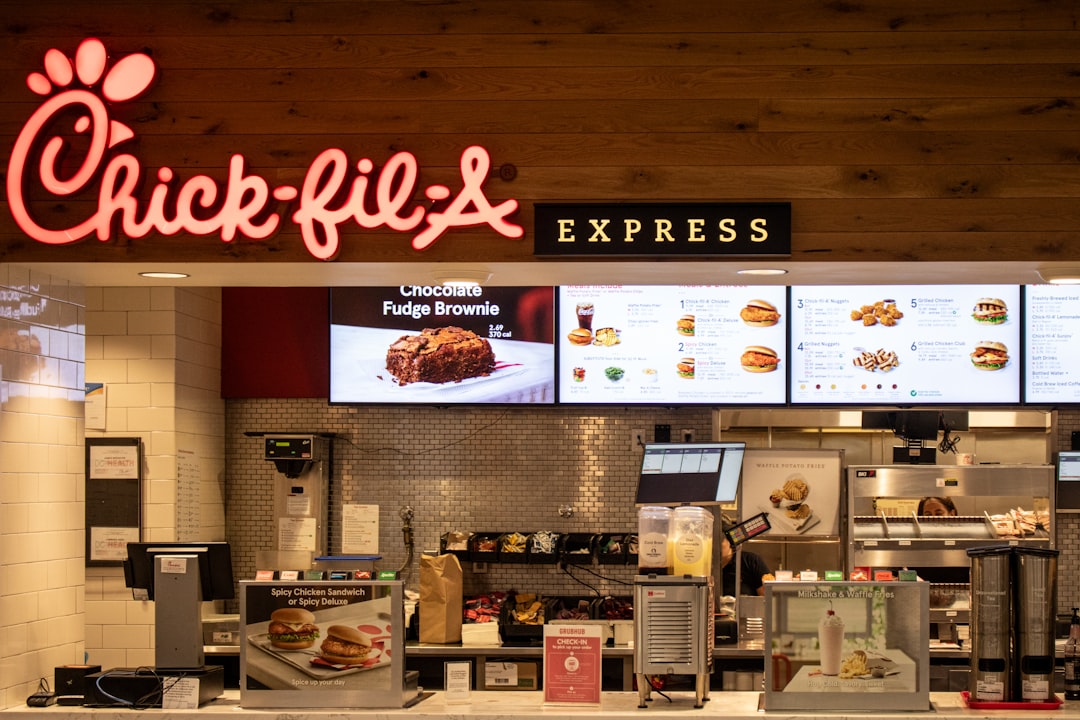Are your customers walking away happy or heading to your competitors? The right survey can tell you exactly what's working—and what's not—in your fast food operation.
Let's face it. Most customer surveys fail. They're too long, ask the wrong questions, or come at the wrong time. That stops today.
Fast food thrives on speed and consistency. When either falters, customers notice immediately. An effective survey helps you:
According to industry best practices, restaurants that regularly collect and act on customer feedback see measurable improvements in customer retention and spending. In fact, many successful chains attribute their ability to stay competitive to their robust feedback systems that catch problems before they become trends.

Before diving into specific questions, let's establish what makes a survey work in the fast food environment:
Nobody wants to complete a survey longer than your menu. Limit your survey to 5-7 questions to maximize completion rates. Think of it like an express lane for feedback—quick and efficient, just like your service should be.
Xola's survey best practices emphasize that surveys must be designed for smartphone use, with touch-friendly elements like sliders and drop-down menus. Remember, most customers will complete your survey on the go—possibly even in your parking lot before driving away.
Request feedback immediately after the visit while the experience is fresh. QR codes on receipts or text message links work well. The half-life of a fast food experience in a customer's memory is short—capture those impressions while they're still vivid.
Combine rating scales, multiple-choice, and open-ended questions to get both quantitative metrics and qualitative insights. This creates a balanced picture of performance rather than just a series of numbers.
Overall satisfaction: "On a scale of 1-5, how would you rate your overall experience today?" (1 = Very Dissatisfied, 5 = Very Satisfied)
Net Promoter Score: "How likely are you to recommend our restaurant to friends or family?" (0-10 scale)
Return intention: "How likely are you to visit us again in the next month?" (Very Unlikely to Very Likely)
Taste assessment: "How would you rate the taste of your meal?" (1-5 stars)
Temperature satisfaction: "Was your food served at the appropriate temperature?" (Yes/No/Somewhat)
Value perception: "How would you rate the value for money of your meal?" (Poor/Fair/Good/Excellent)
Menu item feedback: "Did you try our [new menu item]? If yes, how would you rate it?" (1-5 stars)
Order accuracy: "Was your order prepared correctly?" (Yes/No)
Service speed: "How would you rate the speed of service?" (Too Slow/Just Right/Surprisingly Fast)
Staff friendliness: "How friendly was our staff during your visit?" (1-5 scale)
Cleanliness: "How clean did you find our restaurant?" (1-5 scale)
Comfort: "How comfortable was your dining experience?" (1-5 scale)
Drive-thru experience: "If you used our drive-thru, how would you rate the experience?" (1-5 scale)
Improvement opportunities: "What one thing could we have done to improve your experience today?"
Additional feedback: "Is there anything else you'd like to share about your visit?"
Collecting data is only half the battle. Here's how to turn responses into results:
Track your scores over time to identify trends and measure improvement. Like a kitchen thermometer ensures food safety, your survey metrics should provide reliable readings of customer satisfaction temperature.
Configure your survey system to flag serious complaints for immediate manager attention. This transforms your survey from a passive data-collection tool into an active service recovery mechanism.
Make survey feedback a regular part of team meetings to celebrate wins and address concerns. When employees see the direct connection between their actions and customer sentiment, they're more motivated to deliver exceptional experiences.
When customers provide contact information with negative feedback, follow up to show you're listening. A simple "we're sorry about your experience" message with a small redemption offer can transform a detractor into a loyal customer.
Even well-designed surveys can fail if you make these mistakes:
Poorly designed surveys can actually harm customer relationships rather than help them. Restaurants struggling with customer retention often fail to collect meaningful feedback, which is one of the hidden reasons why restaurants lose money.
Ready to create your own customer satisfaction survey? Here's how to get started:
Many successful implementations use digital systems that integrate with point-of-sale technology, allowing for immediate connections between transaction details and customer feedback. This creates powerful insights into how specific factors (day of week, time of day, order composition) influence satisfaction.
A well-designed customer satisfaction survey isn't just about gathering data—it's about creating a dialogue with your customers that drives continuous improvement.
By implementing these survey questions and best practices, you'll gain insights that help you serve better food, provide faster service, and create an environment that keeps customers coming back.

Remember: the most valuable survey is the one that customers actually complete and that provides actionable insights for your business. Keep it short, make it mobile-friendly, and act on what you learn. In the competitive fast food landscape, understanding your customers isn't just good practice—it's essential for survival.
What's your experience with customer satisfaction surveys? Have you found certain questions particularly revealing? Share your thoughts in the comments below.
